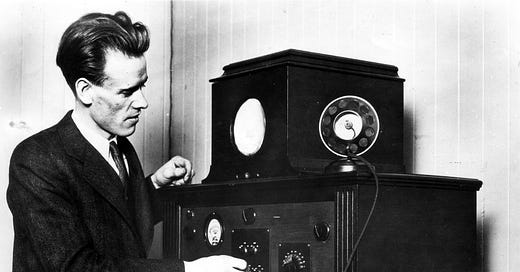Dear Crew of the USS Tom Clancy,
Welcome aboard to all the new subscribers, thank you for reading my dispatches, I appreciate you all very much. Consider becoming a paid subscriber, if you can. Your support keeps this submarine sailing.
With that out of the way, we’ll dive right in.
-Matt Farwell




